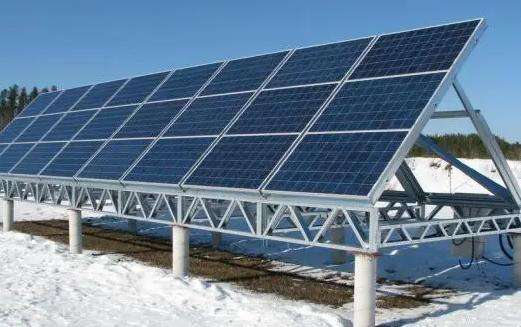1. Principle: As we all know, hydrogen molecules combine with oxygen molecules to produce heat energy and water through combustion. Hydrogen fuel cells produce electricity by combining liquid hydrogen with oxygen in the air. Hydrogen fuel cells made based on this principle can produce electricity to power cars, provide domestic or industrial power, or serve as cell phone batteries. The principle seems very simple, but if you analyze it in detail, you will find that the process of refining hydrogen fuel is actually very complicated, and the energy consumption is also very high.
2. Hydrogen cars are cars that use hydrogen as the main energy to move. Unlike ordinary internal combustion engines, which are usually injected with diesel or gasolinesence, hydrogen cars instead use gaseous hydrogen.
Hydrogen energyThe principle of the battery is to react hydrogen and oxygen to provide energy to the car, then transform it into water and discharge it outside the car.
1. Low pollution:
Unlike traditional fuel engines, cars using hydrogen fuel cells as their energy supply system will not release emissions such as COx and pollutants such as NOx, SOx and dust, pollution is therefore lower and there is almost no pollution.
2. Low noise:
Hydrogen fuel cell vehicles produce relatively low noise when driving, so they can improve the comfort of drivers and passengers to a certain extent.
3. High efficiency:
Production efficiencyn energy of hydrogen fuel cells can reach more than 50%. It can directly convert chemical energy into electrical energy, so the energy transmission efficiency is relatively high, which makes the car's motivation is more prominent.














